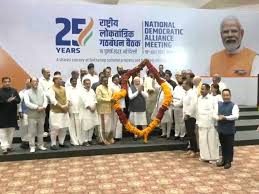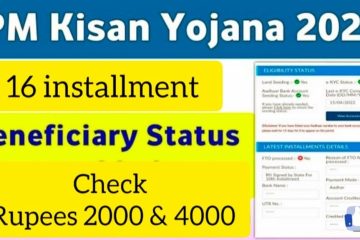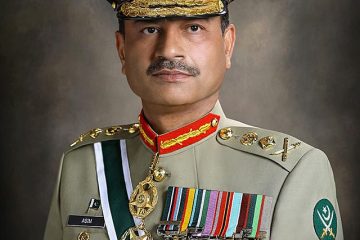PM Modi’s Leadership: Shaping India’s Future

Introduction
Prime Minister Narendra Modi has been at the helm of Indian politics since May 2014. His leadership style and vision for India’s development have sparked discussions both domestically and internationally. The gravity of his initiatives, from economic reforms to foreign policy, highlights his influence on the nation’s trajectory, making the understanding of his governance essential for citizens and commentators alike.
Economic Reforms and Initiatives
Under PM Modi’s leadership, India has witnessed significant economic reforms aimed at boosting growth and attracting foreign investment. The introduction of the Goods and Services Tax (GST) in 2017 was a landmark change that simplified the tax structure. Recently, India’s GDP growth rate has shown resilience, recovering post-pandemic, with projections from the Reserve Bank of India indicating growth rates around 6% for the forthcoming fiscal year. Furthermore, initiatives like “Make in India” and “Startup India” have been pivotal in fostering entrepreneurship and enhancing manufacturing capabilities.
Foreign Relations and Diplomacy
PM Modi has also emphasized strengthening India’s position on the global stage. His foreign policy approach, characterized by the slogan “Sabka Saath, Sabka Vikas, Sabka Vishwas,” promotes inclusivity and development. The recent G20 summit hosted in New Delhi showcased India’s growing role as a mediator in international affairs, addressing critical issues like climate change and economic stability. Modi’s visits to countries like the US, Japan, and Australia have solidified partnerships and opened new avenues for collaboration.
Social Initiatives and Challenges
On the social front, Modi’s government has launched several initiatives aimed at improving health, sanitation, and education. The Swachh Bharat Abhiyan, which focuses on cleanliness and sanitation, has had a notable impact across the country. However, challenges such as the handling of the COVID-19 pandemic, which faced criticism regarding health infrastructure, and the ongoing farmers’ protests highlight the complexities of his governance. Ensuring inclusive growth and addressing socio-economic disparities remain areas that pose challenges to his administration.
Conclusion
As PM Modi completes nearly a decade in power, his leadership continues to shape India’s future. His emphasis on economic growth, foreign diplomacy, and social reform reflects a multifaceted vision aimed at transforming the nation. While successes have marked his tenure, the path ahead demands careful navigation of challenges, particularly in fostering unity and addressing the concerns of diverse communities. For Indian citizens and observers, understanding Modi’s governance is crucial as it directly impacts their daily lives and the future prospects of the country.









